Exploring Commercial Meat Processing Equipment for Sale: What to Know, How to Choose, and Maintain
The meat processing industry is one of the key players in the global food market, contributing significantly to the supply of fresh, processed, and packaged meat products. For those in the industry or looking to get into it, finding the right commercial meat processing equipment for sale is vital. These machines handle everything from cutting, grinding, and tenderizing to packaging. But with the wide variety of equipment available, how do you make the right choice? And once you have the equipment, how do you maintain and operate it effectively?
In this blog, we will discuss:
What types of commercial meat processing equipment are available for sale.
Key considerations when choosing equipment.
How to use meat processing equipment.
The importance of maintenance and how to carry it out.
1. Understanding Commercial Meat Processing Equipment for Sale
Commercial meat processing equipment is designed to streamline the production and packaging of meat for sale in large quantities. It serves various functions, including:
Meat Grinders: These machines are used for grinding different cuts of meat into a fine or coarse texture, essential for making sausages or ground beef.
Meat Slicers: Slicers are indispensable for cutting meat into uniform slices, ensuring the even cooking and presentation of products like deli meats and steaks.
Meat Tumblers and Mixers: Tumblers are used to tenderize the meat and marinate it evenly, while mixers ensure proper seasoning and ingredients distribution in processed meat products.
Meat Smokers: Essential for adding flavor and preserving the meat by smoking it, these machines are highly popular for producing high-quality smoked meats.
Vacuum Sealers: Packaging machines, especially vacuum sealers, are crucial for preserving meat's freshness by eliminating air from the packaging, extending shelf life.
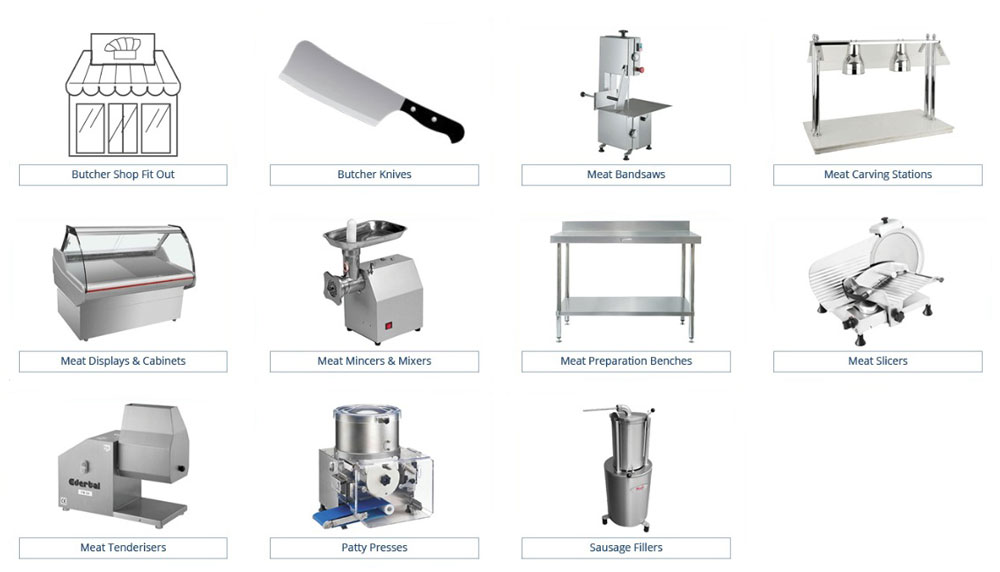
2. How to Choose the Right Commercial Meat Processing Equipment
A. Capacity and Output
One of the first things to consider when looking for commercial meat processing equipment for sale is the machine’s capacity. Are you processing large volumes of meat? Different machines offer various capacities—choose one that matches your production needs. For example, if you need to process a lot of meat daily, opt for a machine with a high capacity and output rate, such as industrial-grade meat grinders.
B. Durability and Material
Commercial meat processing machines must be durable, as they will face constant use. Look for machines made from high-quality stainless steel. Not only is stainless steel resistant to rust and corrosion, but it also ensures better hygiene. Meat processing involves frequent contact with moisture, so a durable material is a must.
C. Ease of Cleaning
Hygiene is a major concern in meat processing, so the machine should be easy to disassemble and clean. Equipment with too many hard-to-reach areas can make cleaning difficult, leading to a buildup of bacteria and meat residue, which could contaminate your products.
D. Compliance with Health and Safety Standards
Ensure that the equipment you buy complies with local and international food safety standards. Look for machines that have certifications such as REACH, CE, and USDA approval, which indicate they meet stringent health and safety requirements.
E. Cost vs. Value
While price is a major consideration, it’s crucial not to compromise quality for cost. Look at the long-term value. A more expensive, high-quality machine might save you money in the long run due to lower maintenance costs and higher efficiency.
3. How to Use Commercial Meat Processing Equipment Safely
Using meat processing equipment properly is not only essential for producing quality products but also for ensuring the safety of your staff. Below are general steps for safe usage:
A. Training Your Team
Before using any commercial meat processing machine, ensure your team is properly trained. Read the instruction manual thoroughly and provide hands-on training. Most injuries in meat processing happen due to improper use of machinery.
B. Setting the Equipment Up
Position the machine on a stable, level surface. Make sure it’s away from any water sources, as water and electrical equipment don’t mix well. Securely connect it to a grounded electrical outlet.
C. Running the Equipment
- For meat grinders, ensure the meat is cut into smaller, manageable chunks before feeding it into the grinder.
- Use the appropriate attachments for meat slicers based on the size and thickness of the slices you need.
- For vacuum sealing, ensure all air is removed from the packaging to prevent contamination.
D. Shutdown and Cleaning
Once you’re done using the machine, shut it down as per the manufacturer’s instructions. Carefully disassemble the machine, ensuring that all moving parts are handled with care. Clean each component using warm, soapy water, and sanitize after drying.
4. Maintaining and Caring for Your Commercial Meat Processing Equipment
Maintenance is crucial for the longevity and efficiency of your commercial meat processing equipment. Below is a detailed maintenance plan that will help you keep your machines in top condition:
A. Regular Cleaning
To avoid cross-contamination, always clean your machines immediately after use. Ensure that all parts that come into contact with meat are thoroughly cleaned. Some machines have removable components that can be washed in a dishwasher, while others will need to be manually cleaned.
B. Lubrication of Moving Parts
Some commercial meat processing equipment has parts that require regular lubrication. Check the machine's manual for guidance on how often and what type of lubricant to use. Lubricating parts like gears and blades ensures that they operate smoothly and don’t wear out quickly.
C. Sharpening Blades
If your equipment has cutting blades (e.g., slicers or grinders), keep them sharp. Blunt blades can affect performance and are more dangerous because they may slip during use.
D. Inspection for Wear and Tear
Regularly inspect the equipment for signs of wear and tear. Check for loose parts, frayed wires, or any unusual sounds during operation. If something seems off, address it immediately to prevent further damage.
E. Servicing by Professionals
While daily or weekly maintenance can be handled internally, schedule professional servicing at least once a year. This ensures that the machine stays in top condition and can help you avoid costly repairs down the line.
5. Conclusion: Finding the Right Commercial Meat Processing Equipment for Sale
In summary, finding the right commercial meat processing equipment for sale depends on your production needs, budget, and quality requirements. Choosing high-quality, durable machines and keeping them well-maintained will lead to a smoother production process, better meat quality, and cost savings in the long run.
Once you've selected the right equipment, it’s crucial to use it properly and keep it in top shape with regular cleaning, inspections, and professional servicing. A well-maintained machine can last for years and deliver consistently high-quality results, making it a worthwhile investment for your meat processing business.
Must-Read Blogs For Chain Restaurants Owner








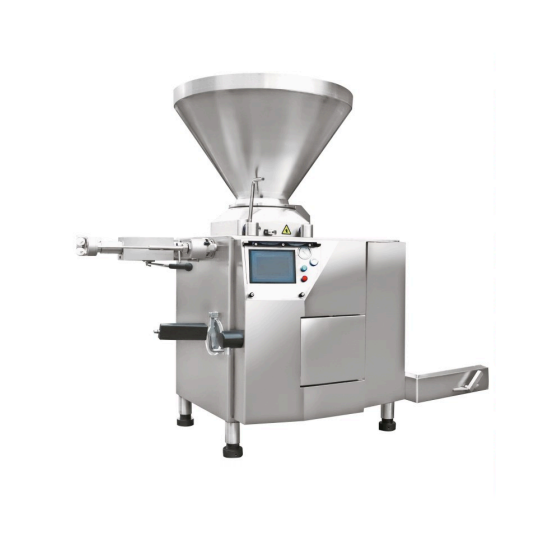
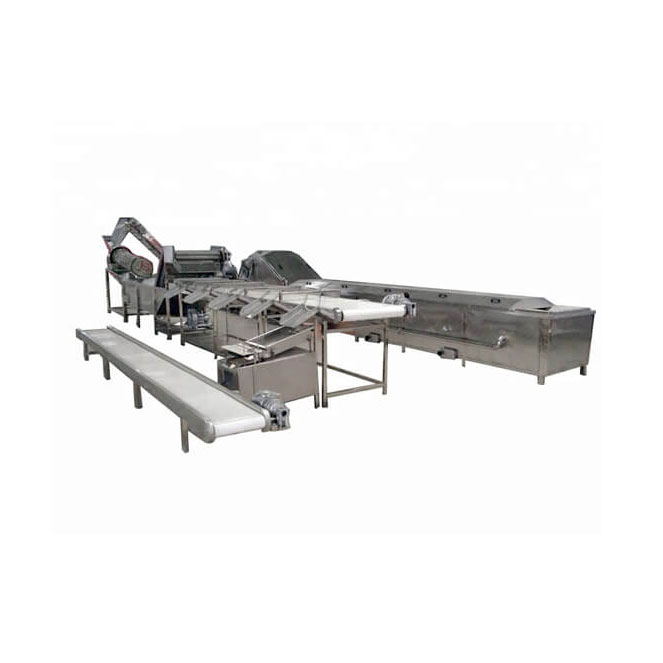
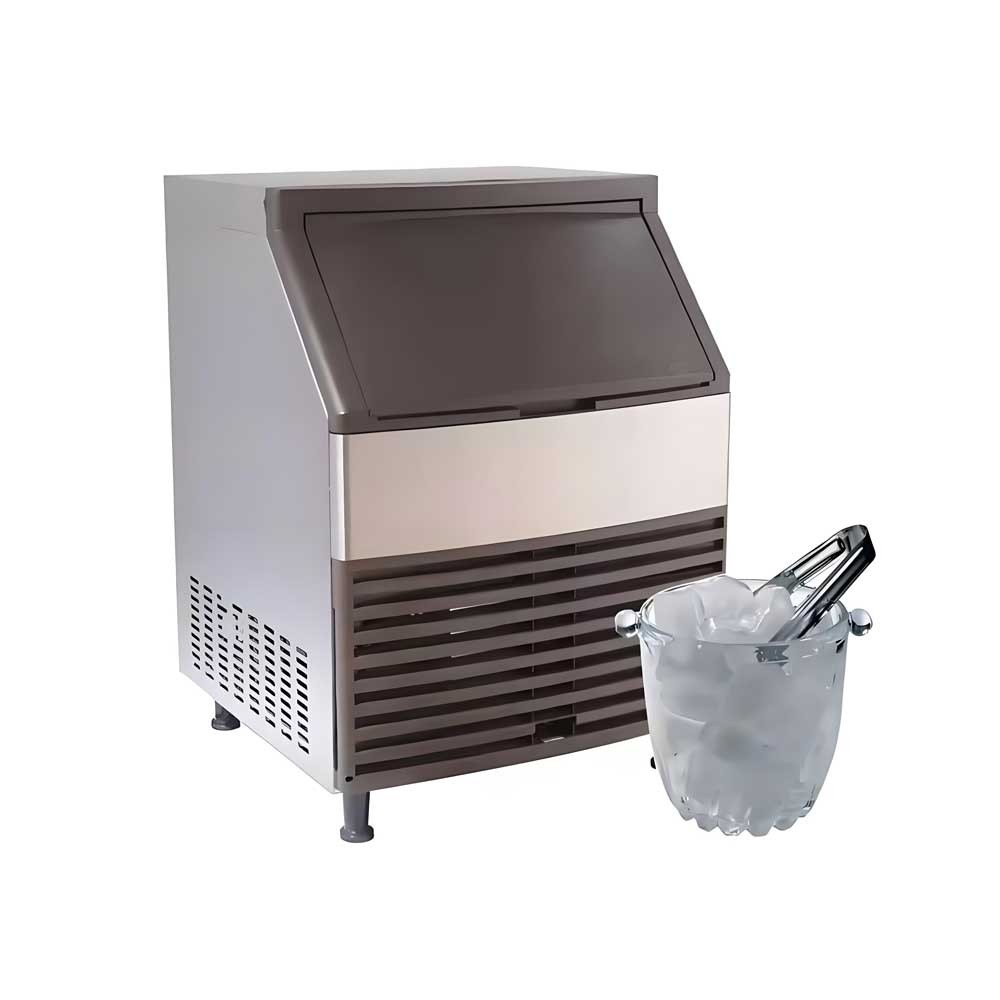
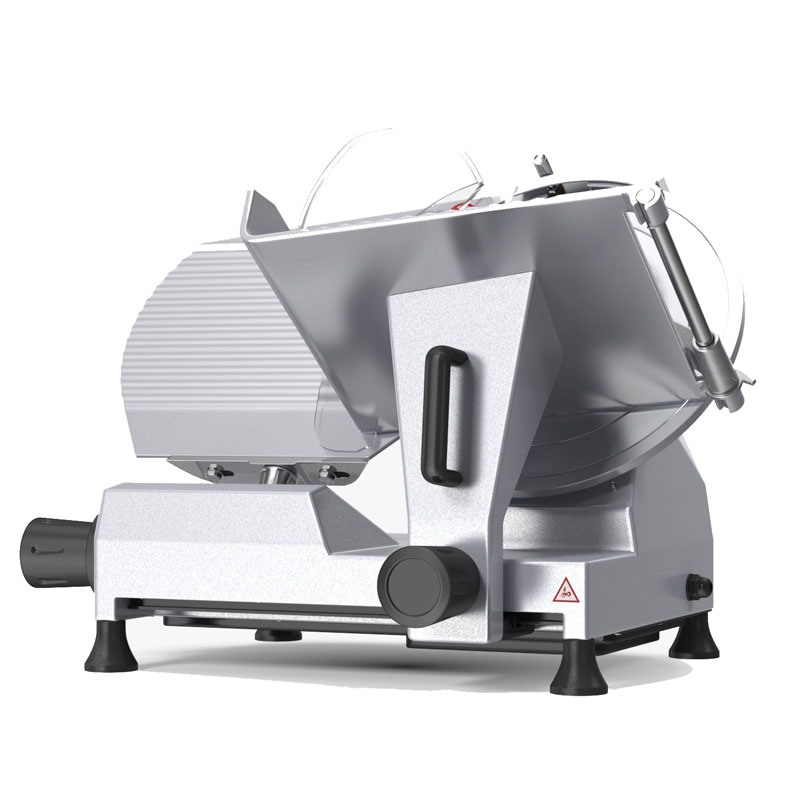 Heavy Duty Meat Slicer Machine
Heavy Duty Meat Slicer Machine
Ready to Get Started?